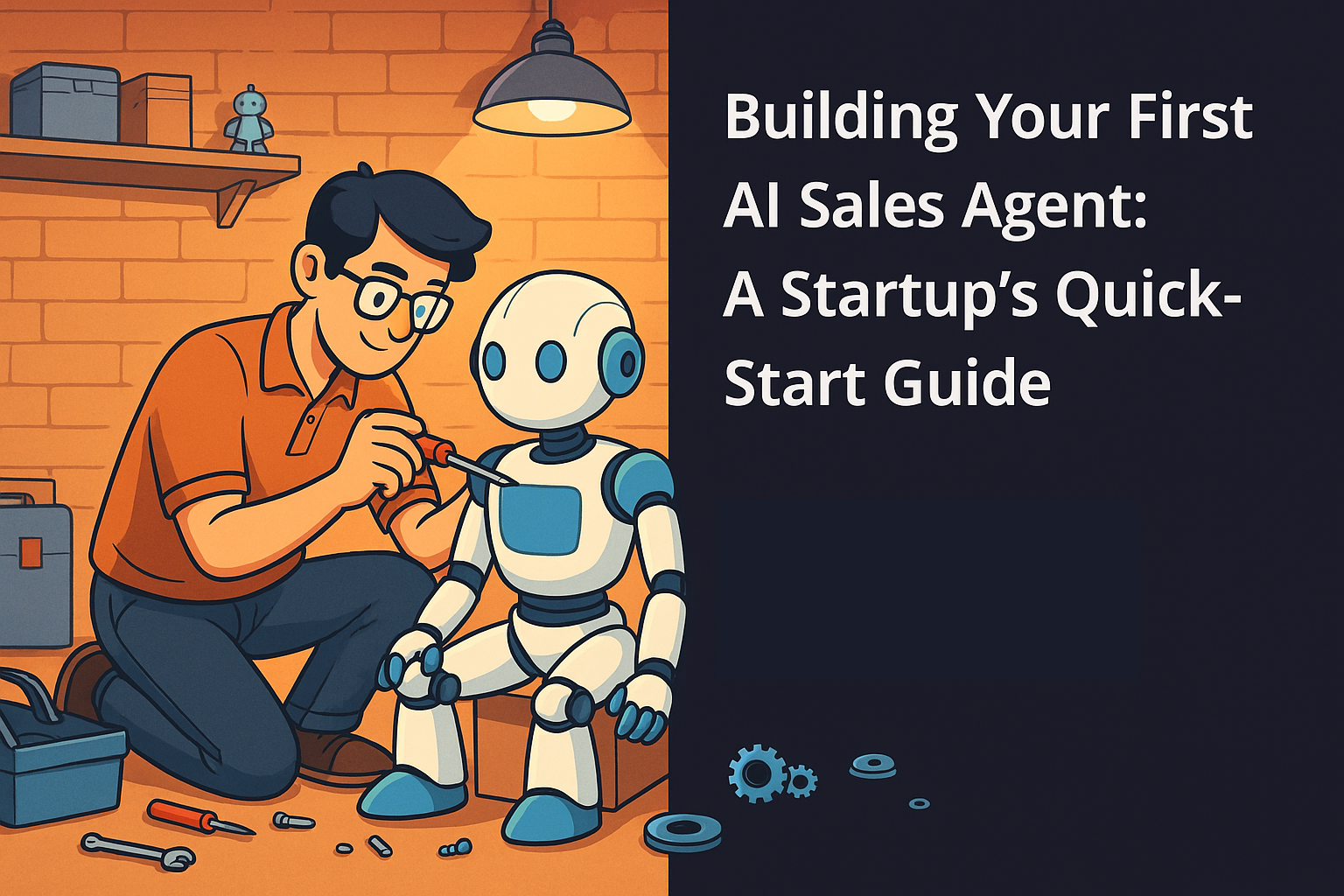In the digital age, emails remain a cornerstone of professional communication. Whether you're reaching out for business opportunities, job applications, or project updates, a timely response can be crucial. However, there are times when you send an important email and receive no reply. This situation can be frustrating and challenging. Knowing how to craft an effective follow-up no response email can significantly improve your chances of getting the response you need. This comprehensive guide will explore the best strategies, techniques, and templates for writing a successful follow-up email.
Understanding the Need for a Follow-Up No Response Email
Before diving into the specifics of how to write a follow-up no response email, it’s essential to understand why people might not respond to your emails. Several factors can contribute to this:
- Busy Schedules: The recipient might be swamped with emails and tasks, causing them to overlook your message.
- Inbox Overload: Your email might get buried under numerous other emails.
- Unclear Subject Lines: An unclear or uninteresting subject line can cause the recipient to ignore your email.
- Lack of Urgency: If your email doesn’t convey a sense of urgency or importance, it might not get prioritized.
Recognizing these factors helps in crafting a follow-up no response email that addresses these issues and encourages a reply.
Timing Your Follow-Up Email
Timing is crucial when sending a follow-up no response email. You don’t want to come off as pushy or impatient, but you also don’t want your email to be forgotten. Here are some general guidelines:
- First Follow-Up: Wait about 3-5 business days after your initial email before sending a follow-up.
- Second Follow-Up: If there’s still no response, send another follow-up after a week.
- Final Follow-Up: If needed, send a final follow-up a week after the second one.
The goal is to balance persistence with politeness, giving the recipient enough time to respond while reminding them of your email.
Crafting an Effective Follow-Up No Response Email
When crafting a follow-up no response email, it’s important to be clear, concise, and courteous. Here’s a step-by-step guide to help you structure your email effectively:
Step 1: Choose a Clear and Relevant Subject Line
Your subject line should grab attention and make it clear what your email is about. Here are a few examples:
- "Following Up on [Subject of Initial Email]"
- "Checking In: [Your Request or Proposal]"
- "Quick Reminder: [Topic]"
Step 2: Start with a Polite Greeting
Always start with a courteous greeting. Use the recipient’s name if possible, as personalization can increase engagement.
Step 3: Reference Your Previous Email
Briefly mention your previous email to remind the recipient of the context. You can say something like:
- "I hope this message finds you well. I’m following up on the email I sent on [date] regarding [subject]."
Step 4: Restate Your Purpose
Clearly restate the purpose of your email. Be concise and to the point:
- "I wanted to check if you had the chance to review my proposal for [specific request]."
Step 5: Include a Call to Action
Encourage the recipient to take action. Be clear about what you need from them:
- "Could you please let me know if you’re available for a meeting next week to discuss this further?"
Step 6: Express Appreciation
Show appreciation for their time and consideration:
- "Thank you for your time and attention. I look forward to hearing from you."
Step 7: Close with a Professional Sign-Off
End your email with a professional sign-off:
- "Best regards, [Your Name]"
Follow-Up No Response Email Templates
To help you get started, here are some templates for different scenarios:
Template 1: General Follow-Up
Subject: Following Up on [Subject]
Hi [Recipient’s Name],
I hope this message finds you well. I’m following up on the email I sent on [date] regarding [subject]. I wanted to check if you had the chance to review my proposal for [specific request].
Could you please let me know if you’re available for a meeting next week to discuss this further? Your feedback is important to me, and I would appreciate any updates you can provide.
Thank you for your time and attention. I look forward to hearing from you.
Best regards, [Your Name]
Template 2: Job Application Follow-Up
Subject: Follow-Up on Job Application for [Position]
Hi [Recipient’s Name],
I hope this email finds you well. I am writing to follow up on my application for the [position] role at [company] that I submitted on [date]. I am very enthusiastic about this opportunity and wanted to inquire if there have been any updates regarding my application.
If there are any additional materials or information you need from me, please let me know. I am eager to contribute to [company] and am excited about the possibility of joining your team.
Thank you for considering my application. I look forward to your response.
Best regards, [Your Name]
Template 3: Follow-Up After a Meeting or Interview
Subject: Follow-Up on Our Recent Meeting
Hi [Recipient’s Name],
I hope you’re doing well. I wanted to follow up on our meeting on [date] regarding [subject]. I found our discussion very insightful and am looking forward to the next steps.
Could you please let me know if there are any updates or further actions required from my side? I am keen to move forward and am available to discuss this further at your convenience.
Thank you once again for your time and consideration. I look forward to hearing from you soon.
Best regards, [Your Name]
Best Practices for Writing Follow-Up No Response Emails
Here are some additional tips to ensure your follow-up no response email is effective:
1. Keep It Short and Sweet
Long emails can be overwhelming and are less likely to be read. Keep your follow-up email concise and to the point, focusing on the key information and action required.
2. Use a Polite and Professional Tone
Maintain a respectful and professional tone throughout your email. Avoid sounding frustrated or impatient, as this can negatively impact the recipient’s willingness to respond.
3. Personalize Your Email
Personalization can make a significant difference. Use the recipient’s name, reference specific details from your previous interactions, and tailor your message to their context.
4. Highlight the Importance
Briefly explain why a response is important. Whether it’s a deadline, a decision, or the next steps in a project, letting the recipient know why their prompt response matters can encourage them to reply.
5. Offer Flexibility
Show that you are flexible and willing to accommodate the recipient’s schedule. This can make it easier for them to respond positively to your request.
Common Mistakes to Avoid
1. Being Too Aggressive
While it’s important to be persistent, avoid coming off as aggressive or demanding. This can damage your professional relationship and decrease the likelihood of a response.
2. Sending Too Many Follow-Ups
Bombarding the recipient with follow-up emails can be counterproductive. Stick to a reasonable follow-up schedule and give the recipient enough time to respond.
3. Forgetting to Proofread
Spelling and grammatical errors can undermine your professionalism. Always proofread your email before sending it to ensure it is error-free and polished.
Conclusion
Crafting an effective follow-up no response email is an essential skill in professional communication. By following the guidelines and templates provided in this post, you can increase your chances of getting the response you need. Remember to be clear, concise, and courteous in your follow-ups, and always show appreciation for the recipient’s time and attention.
In summary, a successful follow-up no response email should include a clear subject line, a polite greeting, a reference to your previous email, a restatement of your purpose, a clear call to action, and a professional sign-off. By timing your follow-ups appropriately and maintaining a respectful tone, you can enhance your email communication and achieve better results.
Mastering the art of the follow-up no response email will not only help you get the answers you need but also strengthen your professional relationships and demonstrate your commitment and persistence. Start implementing these strategies today and see the difference in your email communication effectiveness.
Remember, to use Opps.ai for your cold-outreach and email lead needs! Just click the image below to sign-up!



.jpg)


.svg)